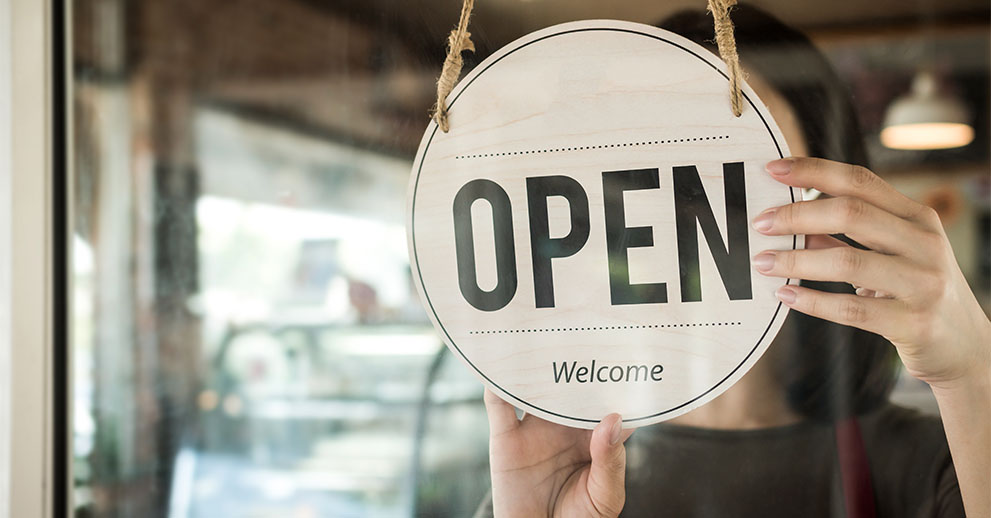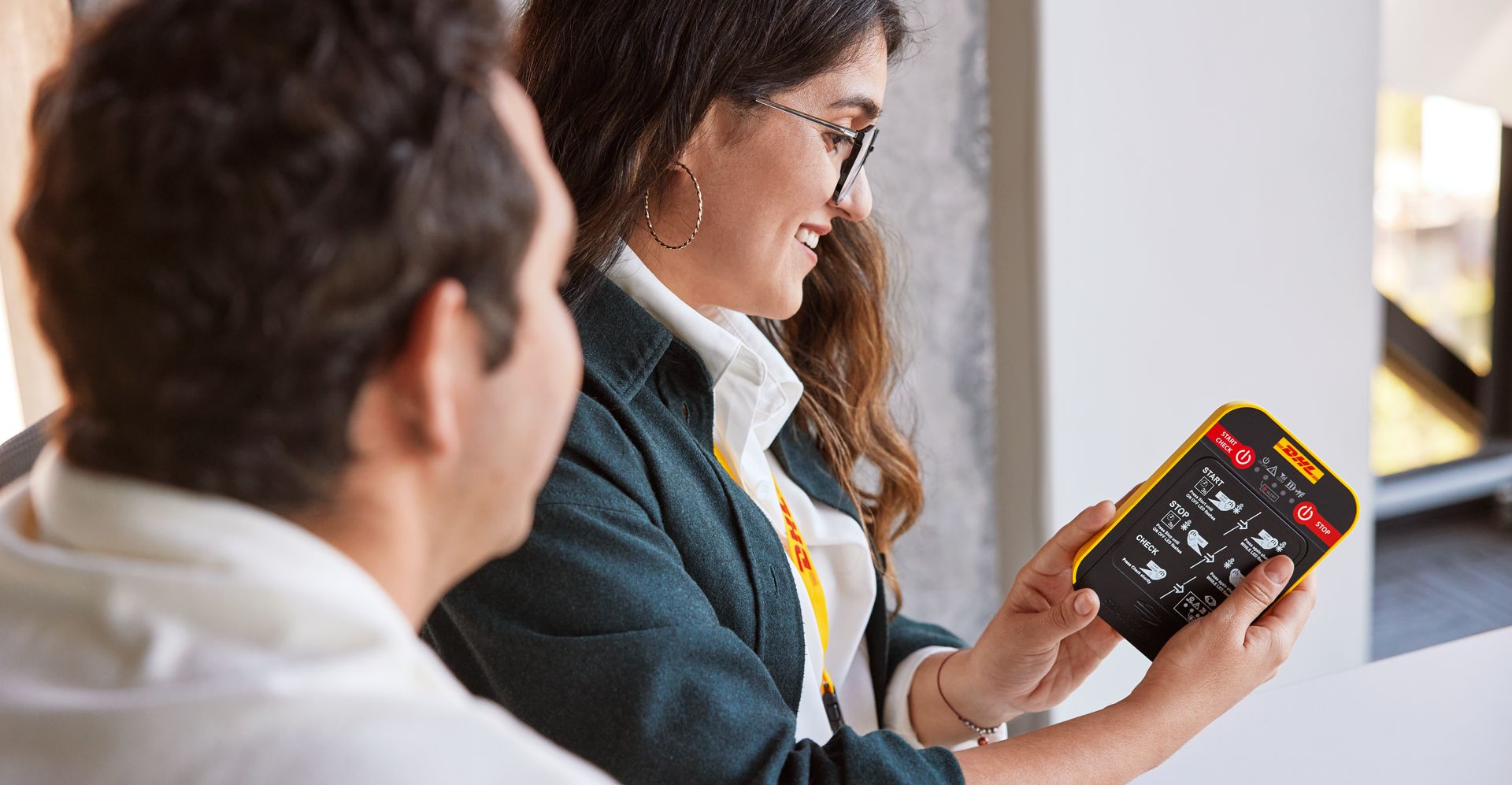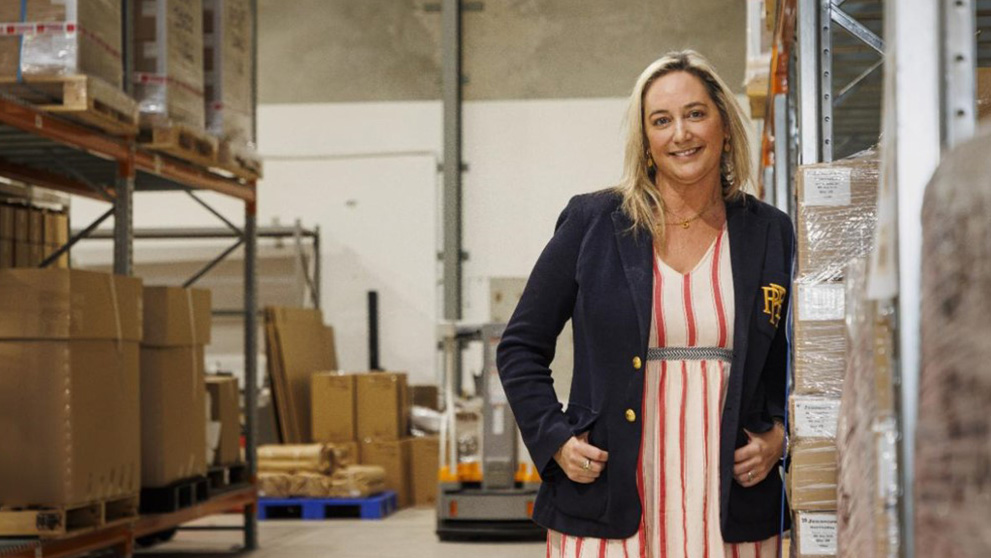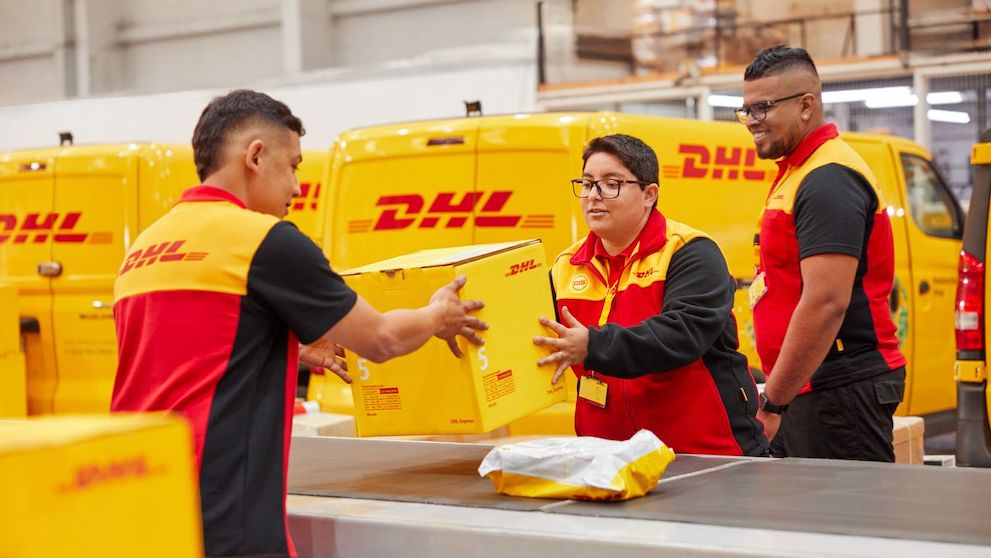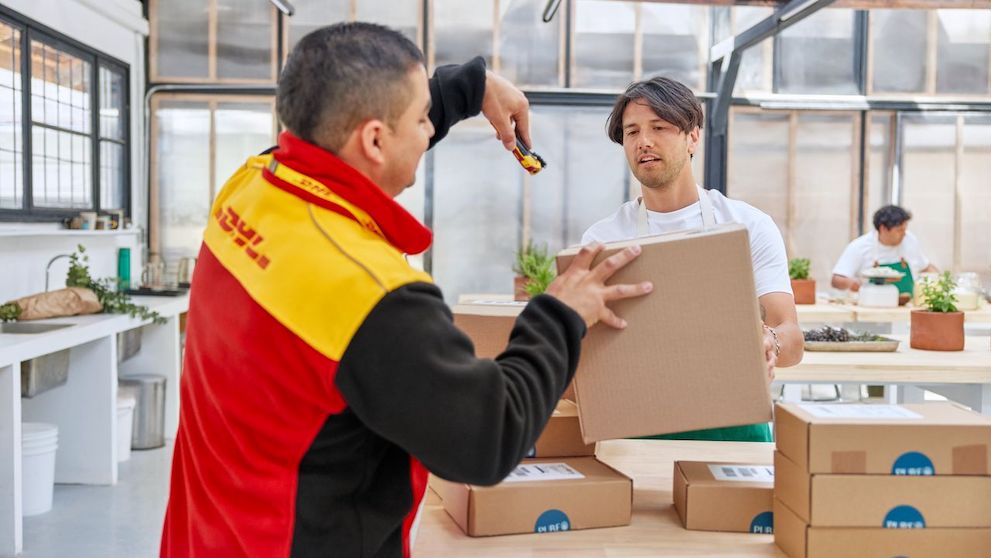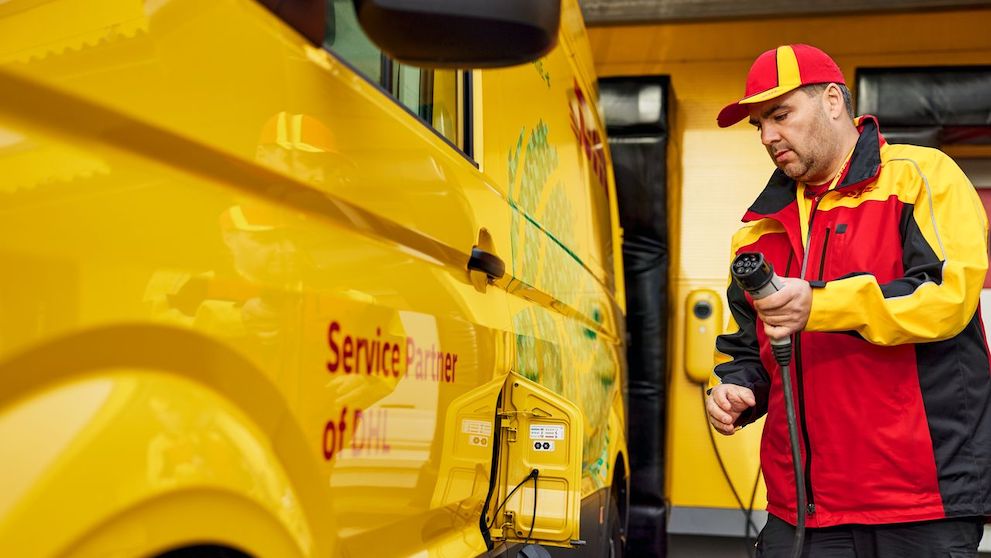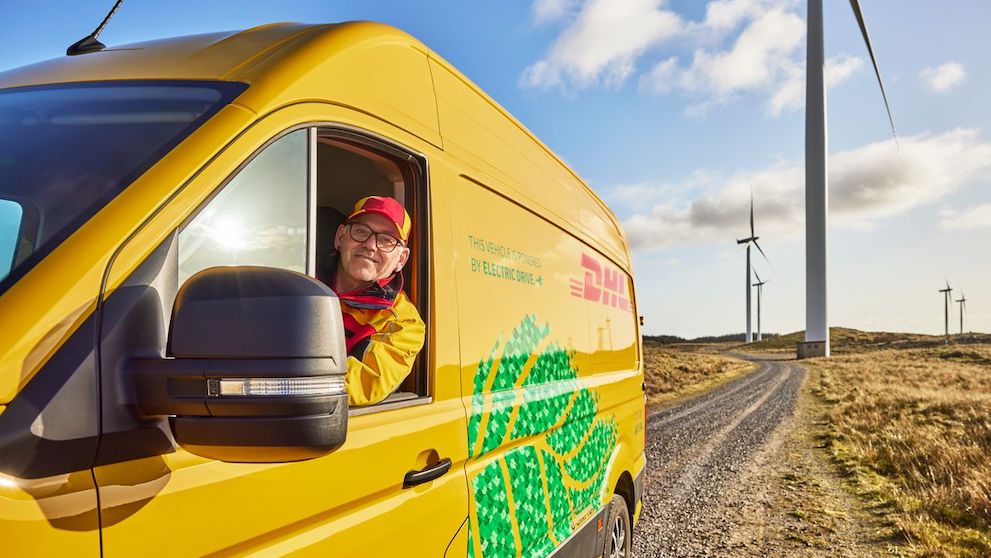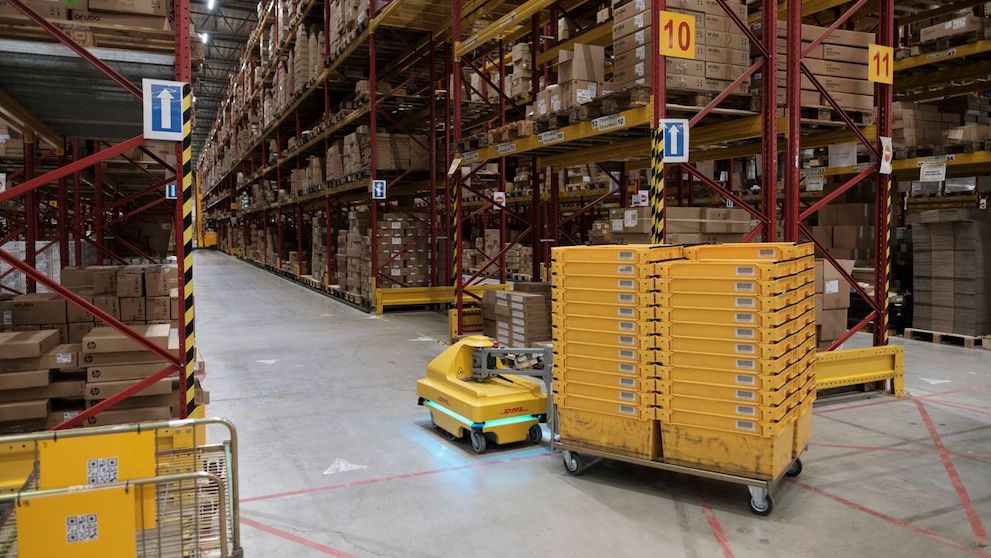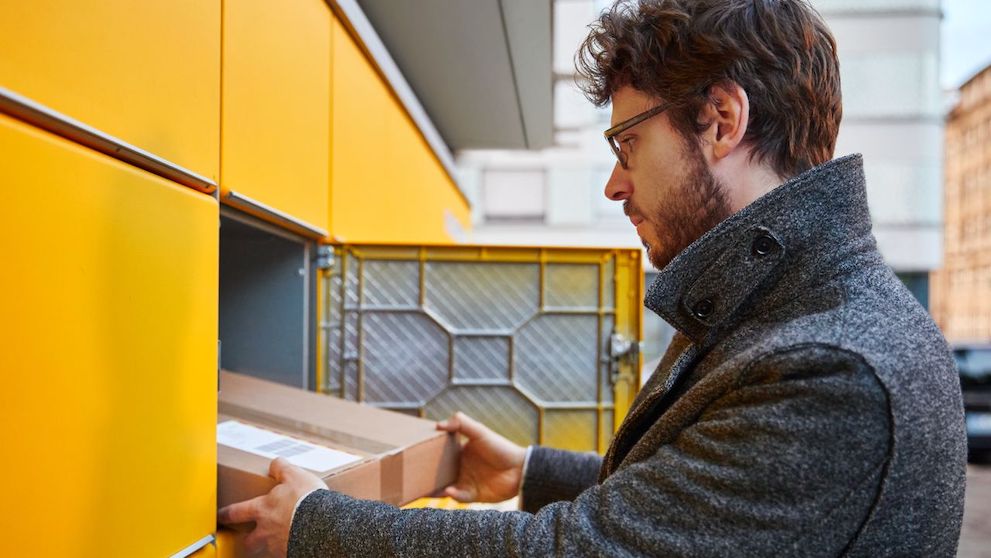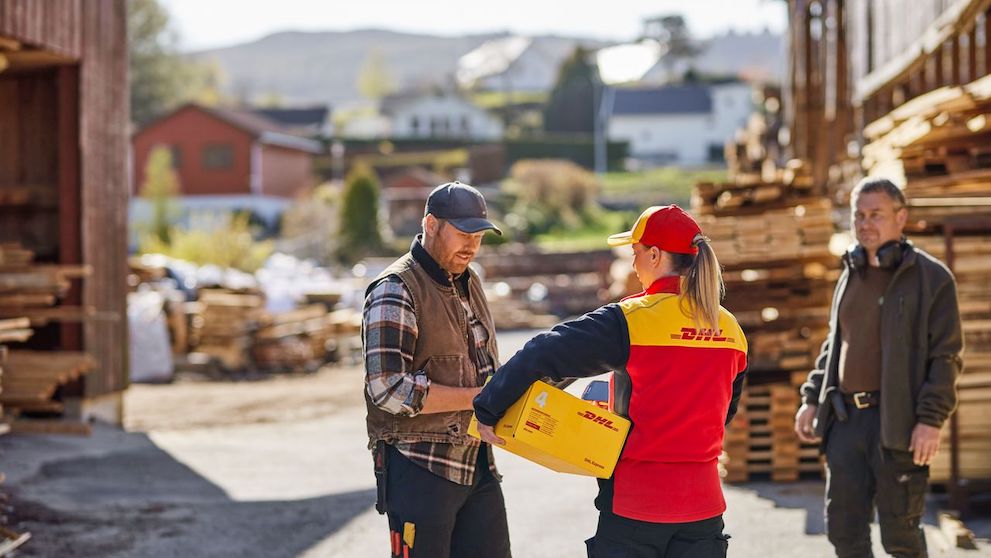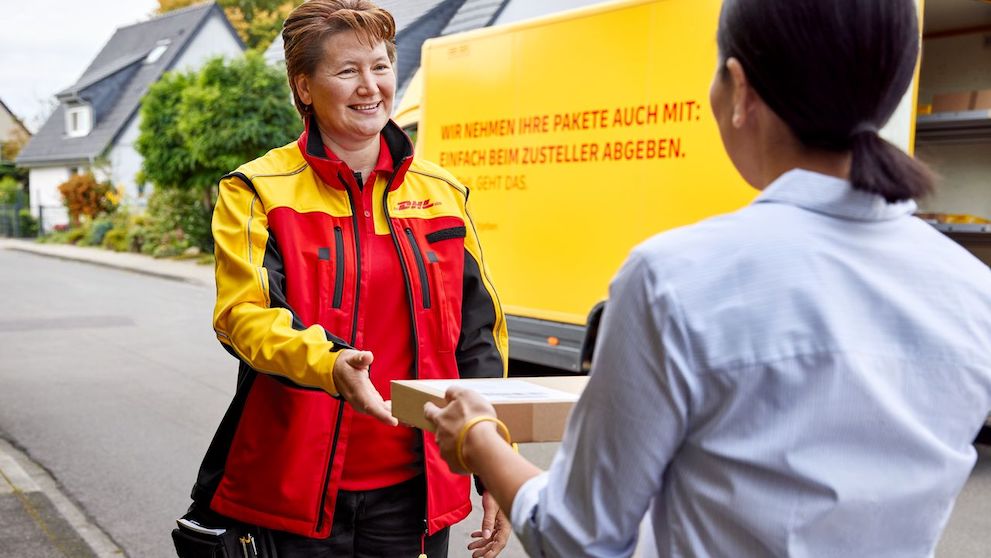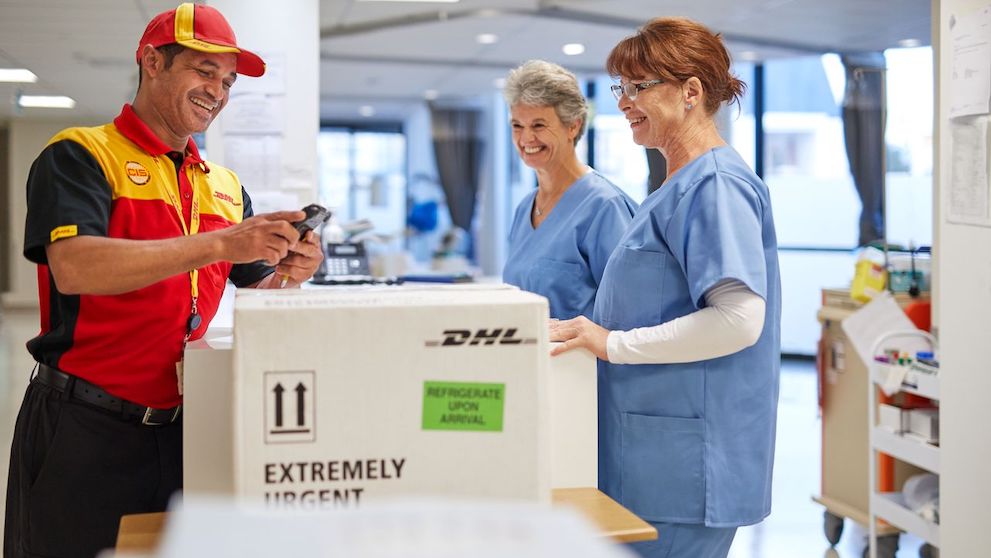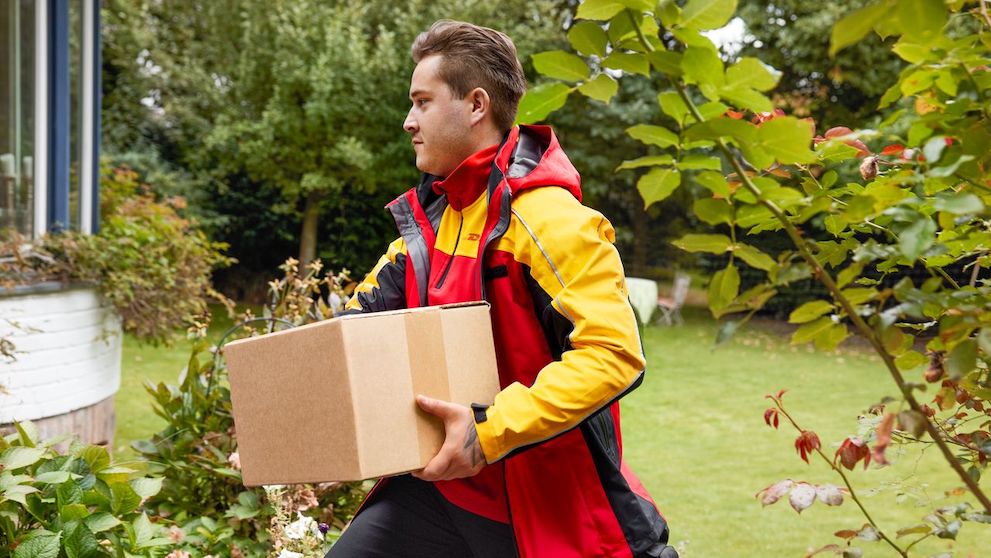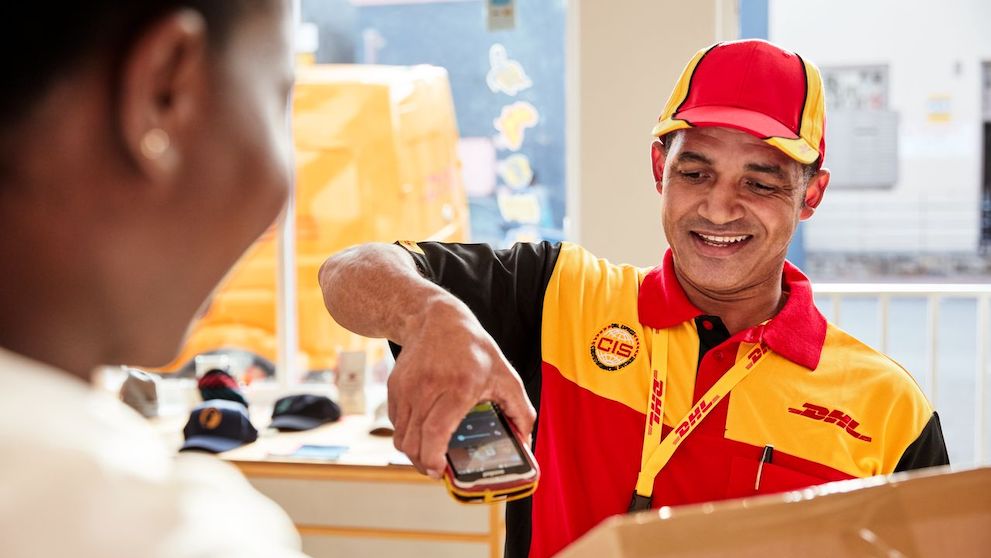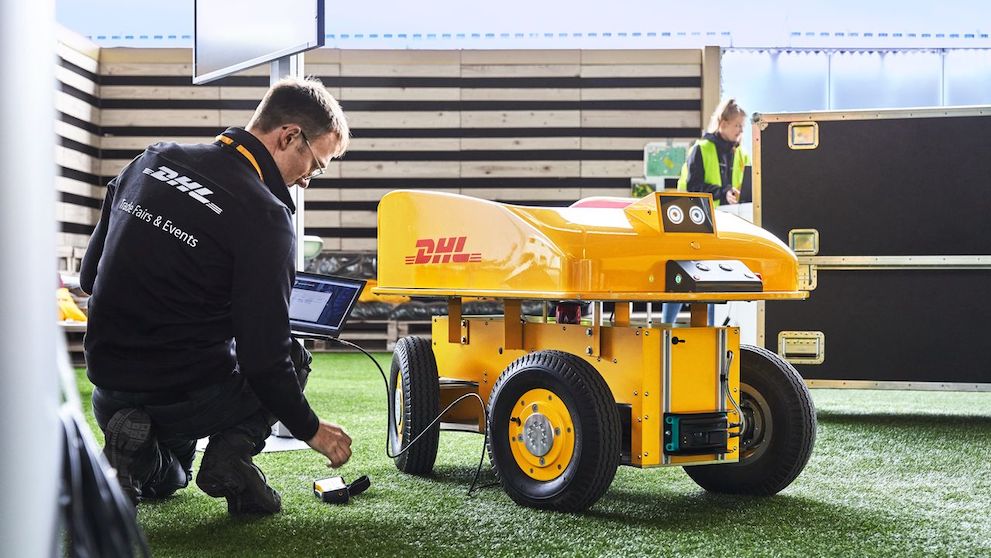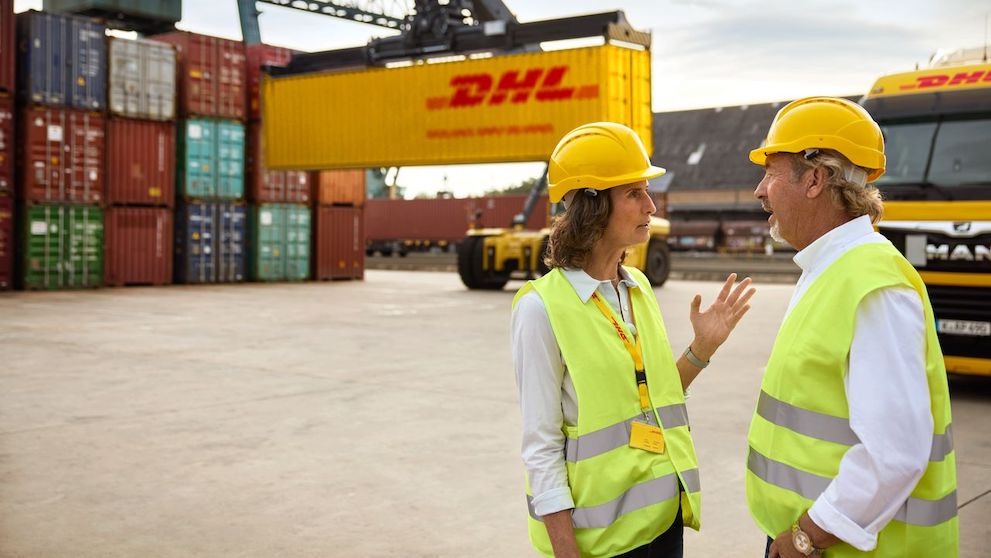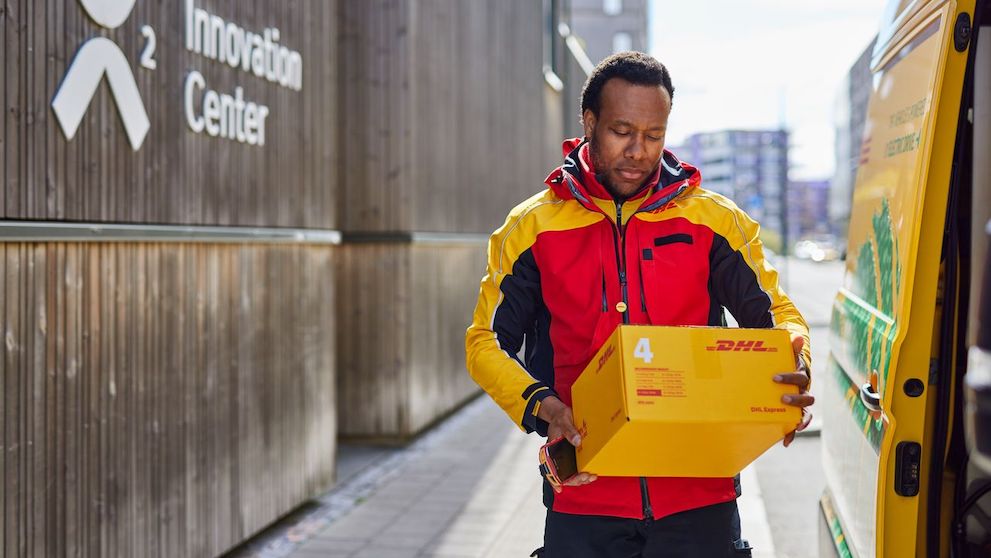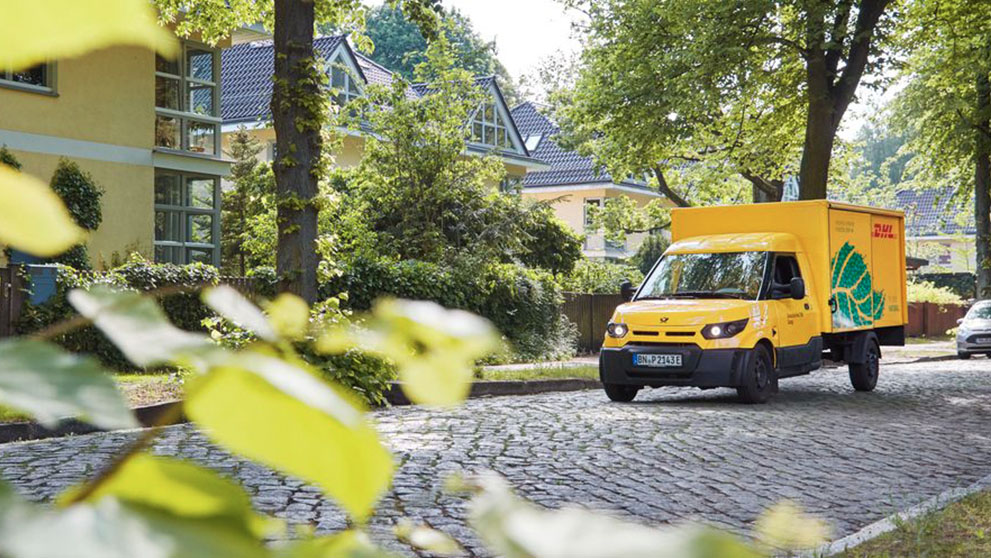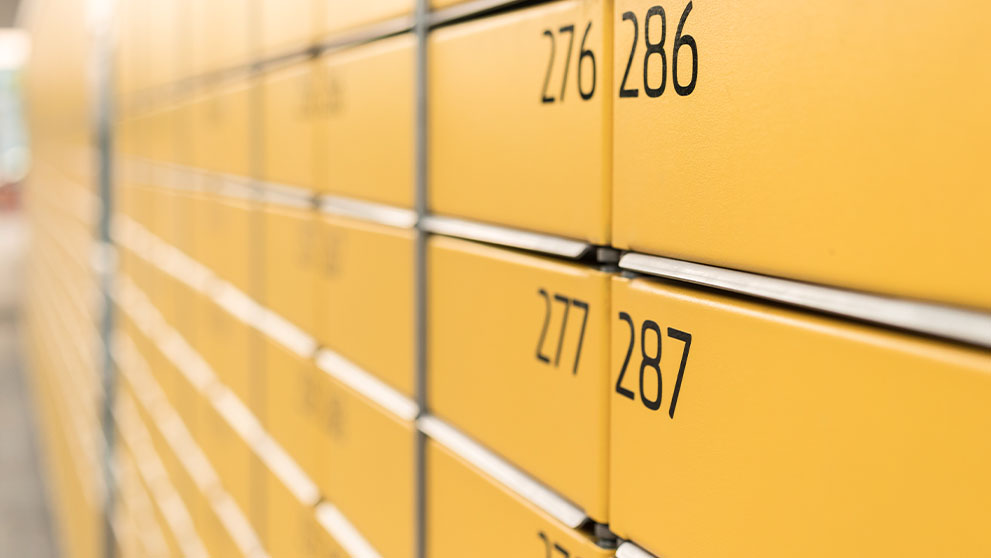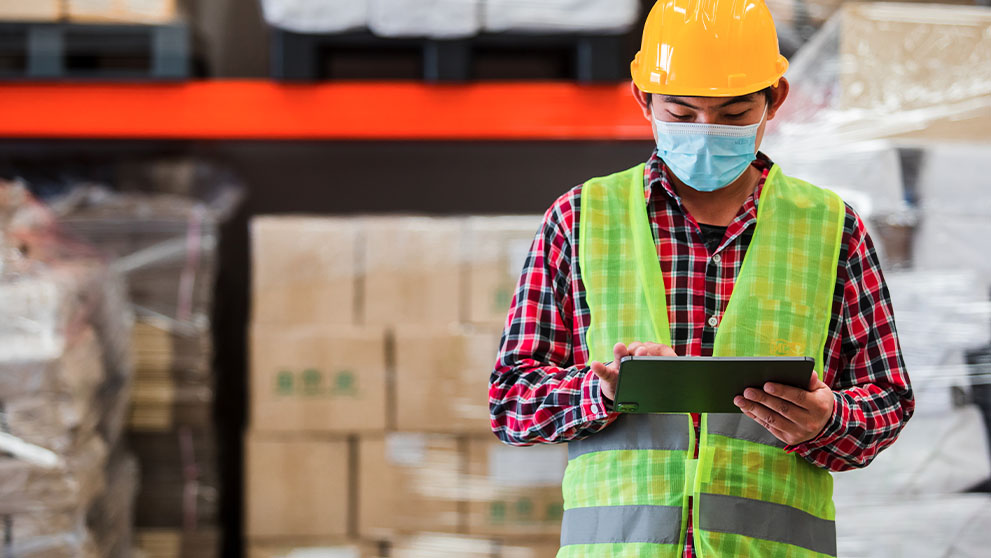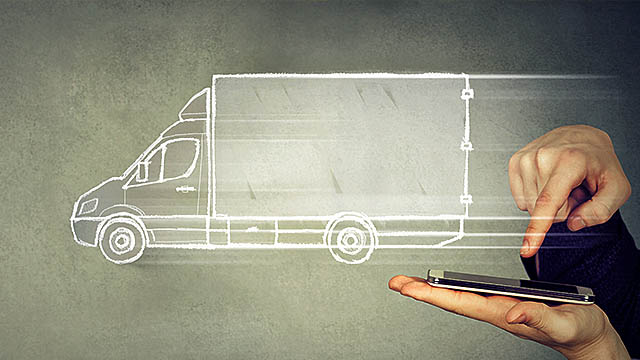The pandemic forced global logistics to shift and adapt at a rapid rate. Now, as the world moves towards a "post-covid" era, which of the new technologies and innovations adopted during the crisis are here to stay? Read on to learn how to optimize your supply chain - and deliver a better customer experience along the way.
The global logistics industry was one of the most immediately impacted by the pandemic. In the early days and weeks of the crisis, as the world went into lockdown, country border closures and grounded flights came just as demands for PPE and other necessities were at their highest. The sharp rise in e-commerce purchases put extra pressure on global supply chains, and more recently, the rollout of vaccines across the world has added further challenges still.
The need to keep the world moving has accelerated innovations within the logistics industry. “Covid-19 has demonstrated just how critical supply chains are,” Gina Chung, vice president of innovation for the Americas at DHL, explains1. “We see some trends like automation, analytics, and real-time visibility accelerating due to Covid and due to the pressures that have been put on global supply chains.”
Now, as the world focuses on life “post-Covid”, what will the global logistics landscape look like going forward? Which of the changes adopted during the pandemic will stay long-term and have an impact on international delivery? Read on to explore.
E-commerce: remember the Last Mile
E-commerce has been the big benefactor of the pandemic. Amid store closures, we’ve turned to online shopping in record numbers and it’s a trend that’s here to stay.
Whilst that’s good news for businesses within the e-commerce sector, it’s important they remember what sits at the heart of it all: the customer. And over the last year, their purchasing habits and expectations have shifted as online shopping has increased in popularity.
One of the immediate customer demands during the pandemic was the need for safe, hygienic delivery options. As a result, BOPIS (buy online, pickup in-store), curbside delivery, and parcel lockers have grown in popularity as a way to keep human contact during the delivery process to a minimum. The convenience of these services has improved the customer experience and increased their loyalty towards brands that offer such contact-free flexibility.
With e-commerce on the rise, now more than ever online retailers should be investing in the last-mile customer experience. Remember customers want choice, speed, and flexibility in their delivery options; if you don’t offer this, they’ll look elsewhere.
Diversify your global supply lines
What happens if your e-commerce business’s main supplier is based in a country that has just gone into strict lockdown?
For decades, globalization has enabled cross-border trade to flourish and is the reason most e-commerce businesses can offer their customers international shipping as standard. Yet trade disruptions brought about by the pandemic have prompted business leaders to rethink the vulnerabilities of their global supply lines – namely geographical factors.
In the early weeks of the pandemic, China – arguably the hub of world manufacturing – implemented strict border restrictions, causing delays for commerce supply chains across the world. Those businesses affected struggled to compete for alternative suppliers, and some were even forced to reduce or stop production. Many have since been focusing on “de-risking” strategies to reduce their reliance on manufacturers in China, with a report2 by risk consultant Verisk Maplecroft suggesting that countries with lower operational costs such as Vietnam, Thailand, India and Mexico will be the key beneficiaries of the switch.
Over in Europe, Brexit has also hindered the free and easy movement of goods between countries, prompting even more businesses to think about bringing production closer to home.
Of course, the regionalization of already established supply chain networks comes with its own difficulties – higher labor costs have long been the leading argument against domestic production in developed Western economies.
“Like every investment, it’s a balancing act,” Kamala Raman, Senior Director Analyst at Gartner says3. “An organization can opt to absorb the costs, share them with upstream suppliers, or raise prices for customers. Equally, the costs of not investing in resilience might also be high. Downsides might include tariffs, increasing costs, longer lead times, decreased customer satisfaction or negative impact to the brand.”
Automation technologies such as artificial intelligence (AI) and robotic process automation (RPA) are providing opportunities to overcome cost constraints. In a Gartner survey of supply chain leaders, 56% of respondents think that automation will enable them to make onshore manufacturing economically viable4. Those technologies can be used for operational tasks – such as picking and packing goods within warehouses – but also to enhance strategic planning and forecasting, improving the overall efficiency of the supply chain.
The report also noted how certain technologies have been specifically adopted throughout the pandemic to help enforce social distancing in warehouses. Robotic goods-to-person (G2P) systems, for example, move goods from one person to another – and they perform this task in such an efficient way that they increase productivity, warehouse management and improve storage density too. Gartner predicts that by 2023, demand for G2P systems will quadruple5.
“While the social distancing aspect is an imminent benefit, robotic G2P systems will provide value long after the pandemic is over,” says Dwight Klappich, VP Analyst at Gartner6. “This technology is advanced and economical, and can easily be tailored to work in every kind of warehouse environment.”
According to a report by Forbes, around two-thirds of logistics companies expect technology innovation to deliver significant gains in productivity and performance going forward7. Another 54% of the respondents believe bringing technology into the logistics journey will enhance the entire customer journey. Real-time transportation visibility platforms, for example, are enabling consumers to have full tracking of their packages from door to door – something highly valued by e-commerce customers.
E-commerce businesses should be researching and investing in technologies to streamline and optimize performance across their entire supply chains – or risk being left behind.
Put your data to work
The unpredictability of the pandemic highlighted how ill-equipped some supply chains are to cope with disruptions to normal procedures. To become more flexible and resilient, the logistics industry must employ a data-led approach.
Free-flowing data across a shared supply-chain ecosystem enables full visibility and transparency of the movement of goods. This means an unexpected change – such as a major storm kicking off earlier than anticipated – would no longer be a disaster for the delivery journey, but rather an opportunity to reroute the flow of goods across the world and still arrive on time.
Advanced analytics within the supply chain means a literally infinite number of insights can be drawn and turned into actionable opportunities on a scalable platform. Brands are using the things they’re learning from this digital shift to innovate and plan for continuity in the years to come. 5G is powering this digital revolution, making data connections faster and more accurate, and transforming the logistics industry’s capabilities as a result.
Consider your green credentials and turn your business eco-friendly
Sustainability has been a buzzword within the transport industry – indeed within many industries – for several years now, and the pandemic has heightened its importance further. With the world in turmoil, consumers are re-evaluating their shopping habits. More than a third (37%) of shoppers say that they are now more conscious of the environmental impact their online shopping habits have than before the pandemic8. And they are expecting the retailers they buy from to play their part, too: nearly three-quarters (73%) of consumers expect online retailers and brands to use recyclable packaging or minimize their use of packaging (74%)9.
Businesses should be looking at ways to reduce waste – and therefore costs – across their entire supply chains. Gartner research has found that supply chains are prioritizing environmental operational efficiency through waste reduction, responsible sourcing, water efficiency and greenhouse gas emissions reduction within the next 18 months10.
Autonomous vehicles could help companies reduce the amount of fuel used by allowing for better route planning. Self-driving vehicles that deliver goods are likely to be in greater demand as the pandemic – and thus demand for contactless delivery – continues.
To measure environmental efficiency, supply chain leaders can use data from their digital ecosystems to create targets and requirements for themselves, and engage suppliers with a common purpose.
B2B: time to think about e-commerce
The B2B e-commerce sector is undergoing a period of intense transformation. The digitalization of B2B processes has lagged behind B2C – sales activity is usually done in person, and paperwork is still commonplace. Yet, things are beginning to change – driven, in part, by digitally-native millennials in key B2B decision-making roles who are seeking experiences more aligned with those they have in their B2C interactions.
The pandemic has accelerated the digitalization of B2B supply chains, and those B2B businesses that don’t invest in e-commerce channels will quickly find themselves left behind. Read more about our analysis of the digital transformation in our exclusive white paper, here.
Whilst some Covid-19 related innovations may taper off in the future, e-commerce businesses must continue to future-proof their supply chains through data and technology innovations. Not only will this optimize efficiencies and reduce costs, but just as importantly, the customer experience will be improved, creating invaluable loyalty.
1 - Gina Chung, Transport Topics, September 2020
2 - Pandemic quickens diversification of supply chains beyond China, Verisk Maplecroft, July 2020
3 - Kamala Raman, Gartner, September 2020
4, 5, 6 - Gartner predicts the future of supply chain technology, January 2021
7 - Forbes report, October 2020
8, 9 - Internet Retailing, 2020
10 - The future of supply chain: resilient, agile, purpose-driven, February 2021

